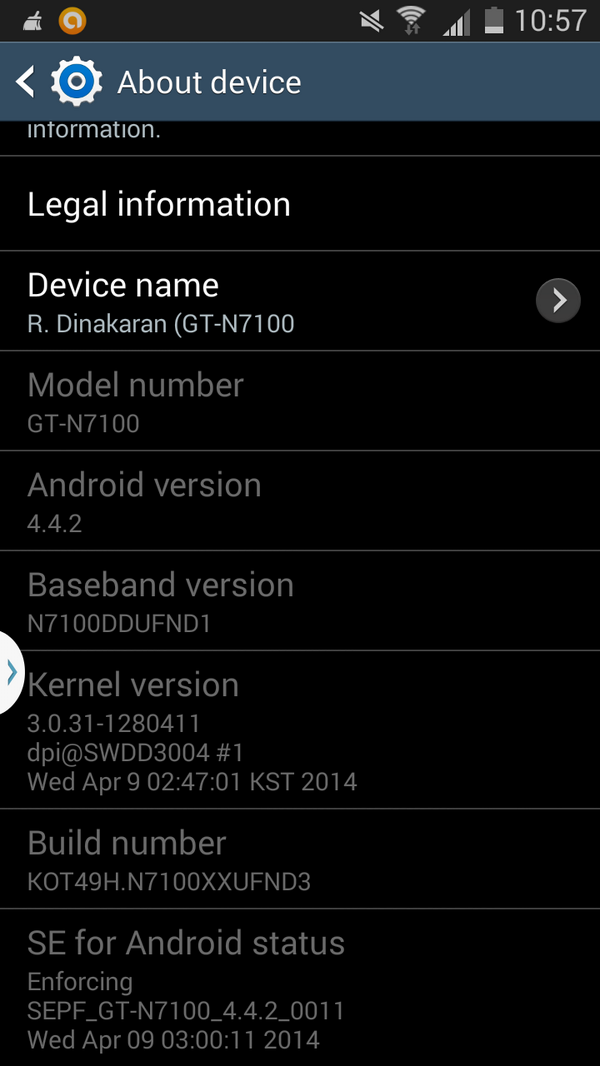Samsung on Wednesday announced the launch of its 2014 Curved TV range in India. The lineup includes what the company is calling "the world's first Curved UHD (4K) TV."
While the jury is still out on the advantages of a curved panel, manufacturers like Samsung believe curved TVs are the next phase in the evolution of the home viewing experience; offering "a deeper sense of depth, wider viewing angles and a clearer picture quality with higher contrast levels creating a more immersive viewing experience from virtually any viewing position or angle."
Samsung has launched two range of Curved TVs - ones with UHD (4K) display, that has four-times the resolution of a full-HD panel, and the other with standard full-HD resolution.
The Samsung H9000 Series of curved UHD (4K) LED SmartTVs with 3D support have been launched in two sizes: Rs. 4,49,900 for the 65-inch and Rs. 3,29,900 for the 55-inch.
The TVs come with UHD upscaling, which converts full-HD, HD and lower resolution sources to nearly-UHD clarity through a four-step process that includes signal analysis, noise reduction, upscaling and detail analysis.
Samsung's UHD TVs support today's standards like the HEVC, HDMI 2.0, MHL 3.0 and HDCP 2.2 and the company claims they are 'future-proof' thanks to the Samsung UHD Evolution Kit. The One Connect Box essentially houses the brains of the TV externally, enabling customers to switch out the box with the latest Samsung UHD Evolution Kit (at an extra cost) to stay up to date on the latest UHD standards.
Samsung also used the launch event in Delhi to showcases its flagship 105-inch Curved UHD TV which will be available in the country second half of the year.
The Samsung H8000 Series of curved full-HD LED SmartTVs with 3D support have been launched in three sizes: Rs. 3,85,900 for the 65-inch, Rs. 2,51,900 for the 55-inch, and Rs. 1,62,900 for the 48-inch TV.
Samsung also launched the HU7000 series of flat (i.e. not curved) UHD (4K) TVs which will be available at Rs. 4,09,900 for 65-inch, Rs. 2,93,900 for 55-inch, and Rs. 1,04,900 for the 40-inch.
All new TVs come with a new, faster Samsung Smart Hub and the Multi-Link (Dual) feature that lets you access live TV and streaming video/ webpages from the Internet side-by-side. The TVs are now powered by what Samsung calls a "Quad Core Plus" processor that "is up to two times faster and delivers quicker loading and navigation with an overall improved Smart TV performance."
Speaking on the launch, Mr. S.K. Kim, Managing Director, Sales at Samsung India said, "In 2014, Samsung is opening a new era of Curved TV with the ultimate immersive viewing experience. With the launch of world's first Curved UHD TV, Samsung is blending its innovative Curved form factor with its UHD TV technology. With this launch, we are further augmenting our robust product portfolio in the home entertainment segment."






Recent Comments